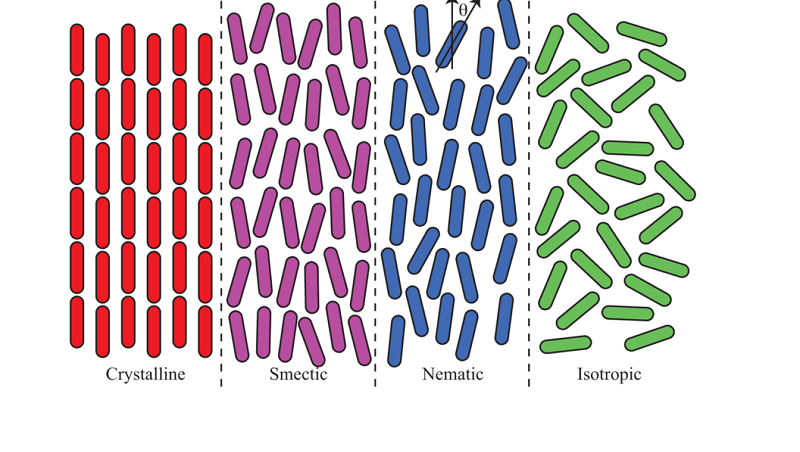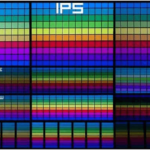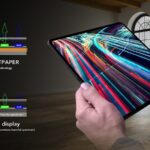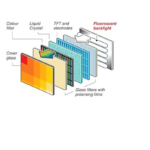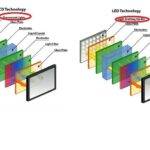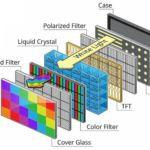What is Electro Optical Effects in LCD
LCD is commonly known as liquid crystal display and Liquid crystals are materials with a structure that is intermediate between that of liquids and crystalline solids.
As in liquids, the molecules of a liquid crystal can flow past one another. As in solid crystals, however, they arrange themselves in recognizably ordered patterns.
In common with solid crystals, liquid crystals can exhibit polymorphism; i.e., they can take on different structural patterns, each with unique properties.
LCDs utilize either nematic or smectic liquid crystals. The molecules of nematic liquid crystals align themselves with their axes in parallel, as shown in the figure.
Smectic liquid crystals, on the other hand, arrange themselves in layered sheets; within different smectic phases, as shown in the figure, the molecules may take on different alignments relative to the plane of the sheets.
The optical properties of liquid crystals depend on the direction light travels through a layer of the material.
An electric field (induced by a small electric voltage) can change the orientation of molecules in a layer of liquid crystal and thus affect its optical properties.
Such a process is termed an electro-optical effect, and it forms the basis for LCDs.
For nematic LCDs, the change in optical properties results from orienting the molecular axes either along or perpendicular to the applied electric field, the preferred direction being determined by the details of the molecule’s chemical structure.
Liquid crystal materials that align either parallel or perpendicular to an applied field can be selected to suit particular applications. The small electric voltages necessary to orient liquid crystal molecules have been a key feature of the commercial success of LCDs, other display technologies have rarely matched their low power consumption.
Also visit below page :
